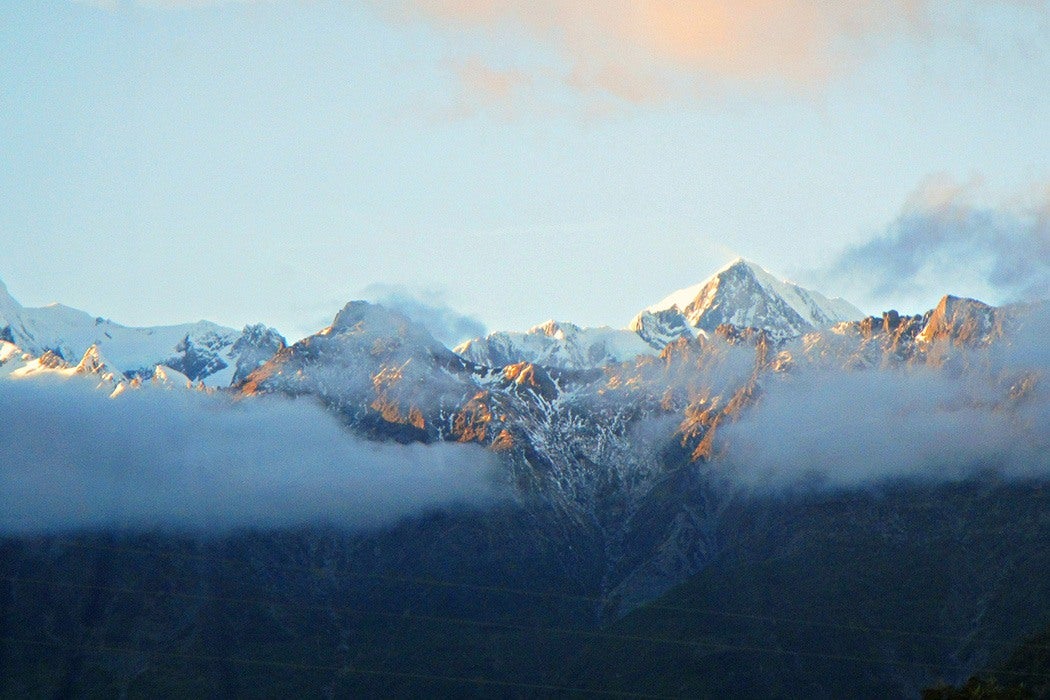The United Arab Emirates are dry. Very dry. The desert nation averages less than 6 inches of rain per year. Now, in a quest for more water security, the UAE is looking into building an artificial mountain in order to stimulate rainfall. It’s not the world’s first harebrained scheme to produce rain, but certainly ranks among the most ambitious. If they actually go through with it, how would this plan work?
In principle, the idea is not completely nuts (assuming that money, time, and opportunity costs are limitless). Mountains create rainfall in a well-known phenomenon called orographic precipitation. Prevailing wind currents push warm air from low altitudes into the side of a mountain range. The mountains force the air upwards. If the air is forced high enough, it will cool down to its dew point, causing water droplets to form and rain to fall on the windward side of the mountains. The strength of the effect depends upon the height and steepness of the mountains and the moisture content of the air. The steeper the mountains, the faster the air rises and cools, generally leading to greater precipitation.
On the other side of the mountains (the leeward side sheltered from the wind), the situation is reversed. Winds that flow over the top of the mountains descend instead of rise, causing the air to get warmer as it sinks instead of cooling down. Without cooling down, the air cannot reach its dew point and release its moisture. Little to no precipitation is produced.
Orographic effects can be dramatic. In New Zealand, for example, where the prevailing winds blow west to east, there can be close to 400 inches of rainfall on the western mountain slopes, compared to around 25 inches on the eastern (leeward) lowlands. Some areas do receive what is called spillover, when orographic effects are particularly intense and excess precipitation falls on the leeward side as well.
How high do the mountains need to be in order to stimulate rainfall? That depends on the altitude of the prevailing winds, the topography of the mountains, and the moisture content of the rising air. The New Zealand Alps produce strong effects and are around 6600 feet high; other orographic ranges are much higher.
So an artificial mountain might actually produce localized rain. There might, however, be unintended side effects. Orographic precipitation brings with it more risk of strong storms and tornadoes, a significant downside. Furthermore, the heaviest rains are usually higher up the slopes. An artificial mountain will need additional catchment infrastructure, e.g. aqueducts or reservoirs, on the upper slopes or the rain will fall uselessly far from where it is needed. The ecological effects are also problematic. Areas with strong orographic effects often experience such extremes that there is rain forest on the windward side and desert on the leeward side. Such a dramatic alteration to rainfall patterns will wreak havoc on native vegetation and wildlife. The science fiction almost writes itself.







